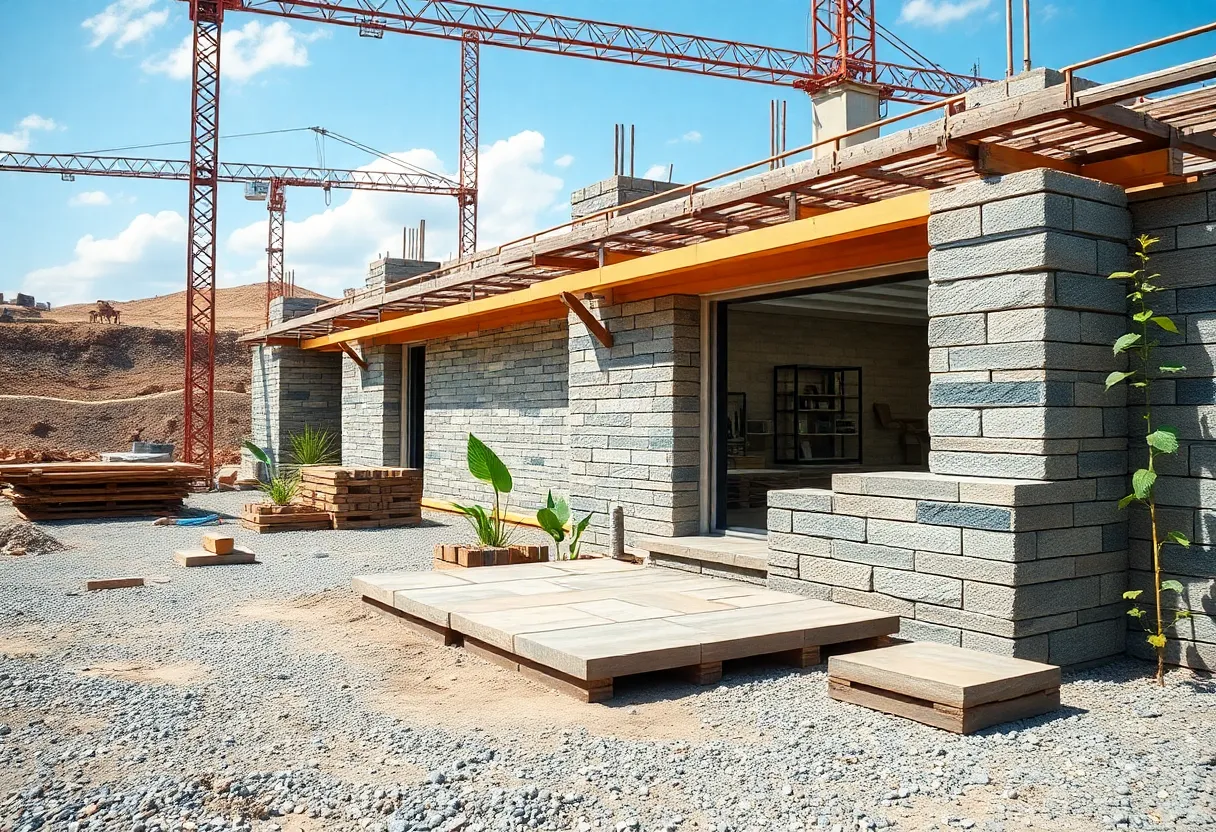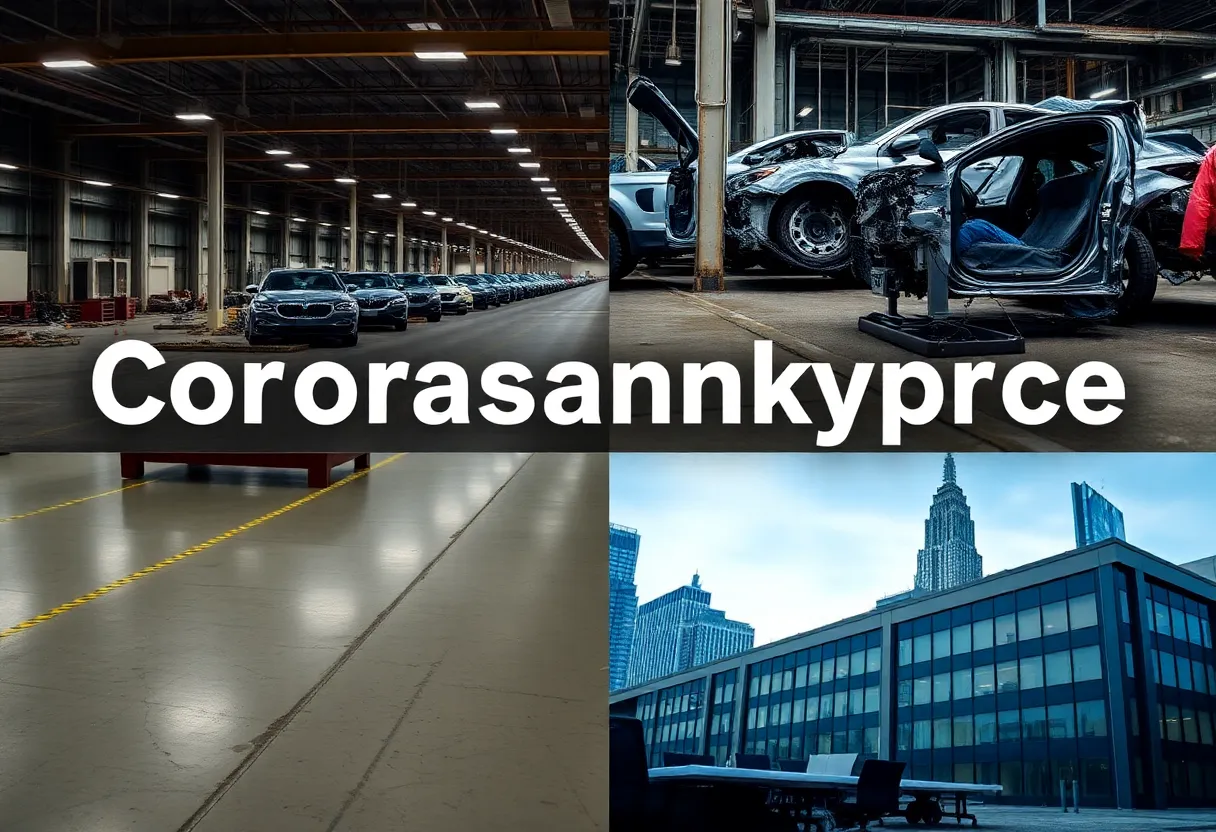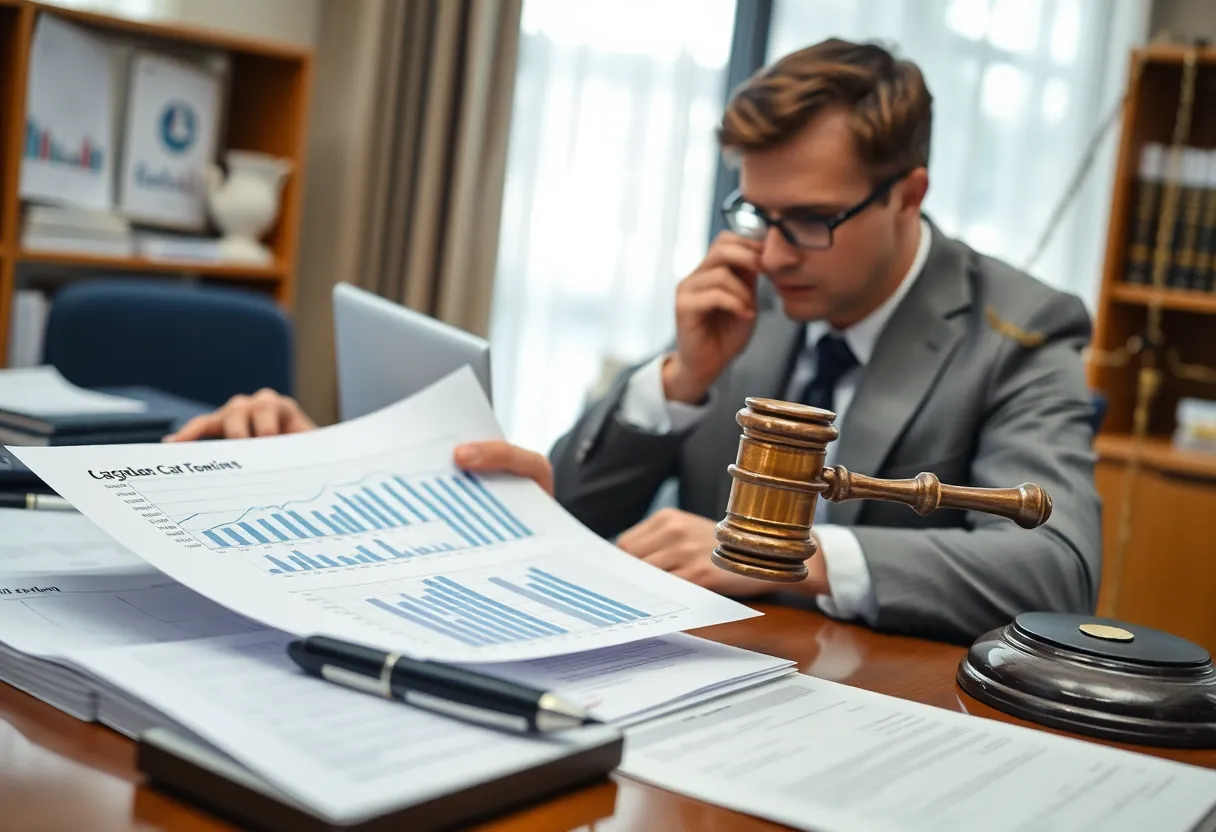News Summary
Researchers at the Colorado School of Mines are pioneering efforts to convert mining tailings into high-value construction materials. This innovative project aims to tackle environmental issues while enhancing the recovery of critical minerals like lithium and cobalt from mining byproducts. The focus is on producing geopolymer bricks, lightweight aggregates, and ceramic tiles, which could support sustainable construction and reduce reliance on imports. Collaborative strategies and local processing facilities are also being emphasized for a more resilient mineral supply chain.
Golden, Colorado – Innovative research at the Colorado School of Mines is underway to transform mining tailings into high-value construction materials, addressing both environmental concerns and boosting the supply of critical minerals used in various technologies. Under the guidance of associate professor Reza Hedayat, the project focuses on finding sustainable solutions to deal with the waste material generated from mining operations.
Mining tailings are the byproducts produced when valuable minerals are extracted from ore. Alarmingly, more than 90% of mined ore can result in tailings, which are often disposed of in ways that can harm the environment. Hedayat’s research flips the narrative around this waste, recognizing the potential in these materials to boost both mineral extraction and sustainable construction.
The research primarily concentrates on producing geopolymer bricks, lightweight aggregates, and ceramic tiles from mining tailings. These materials are engineered to meet stringent performance standards while reducing the environmental footprint associated with traditional mining practices. The aim is to create a dual-use approach whereby mining not only recovers economically viable minerals like lithium and cobalt but also efficiently reuses materials that cannot be extracted profitably.
Hedayat’s vision aligns with a growing emphasis on the importance of critical minerals such as lithium, cobalt, and rare earth elements, which are vital for sectors like energy, communication, defense, and medical technologies. Currently, the extraction of these minerals is tightly connected to the processing of mine tailings. The potential to recover these valuable components could significantly impact U.S. markets, particularly in the context of the ongoing transition to renewable energy technologies.
The study highlights that almost all critical minerals utilized in modern technology can be found in processed ore, although they typically end up as waste. Currently, the U.S. recovers less than 10% of cobalt and less than 1% of germanium from tailings, indicating a substantial opportunity to improve domestic mineral production. By developing more effective recovery methods, a larger domestic supply of critical minerals could be achieved, reducing reliance on imports.
Research findings suggest that the U.S. could meet much of its critical mineral demand by focusing on recycling materials from mining waste. Lead researcher Elizabeth Holley underscores the notion of mine tailings being treated not as waste but rather as an untapped resource. Even capturing small quantities of critical minerals from waste can drastically change the landscape of the U.S. mineral supply chain.
The establishment of local processing facilities near mining sites is also a key part of Hedayat’s strategy. This approach could promote regional economies, diminish the need for transportation of raw materials, and further minimize the environmental impact of mining activities. The research is supported by the U.S. Department of Energy’s initiatives aimed at bolstering domestic critical mineral production through value-added products.
Successful implementation of these innovative strategies will require collaboration among various sectors—including mining companies, educational institutions, and governmental organizations. Additionally, policy support is essential to fund pilot projects and streamline the integrated processes necessary for recovery and reuse operations.
In summary, as the U.S. increasingly prioritizes sustainable practices in mining and resource management, the innovative research at the Colorado School of Mines is pivotal in transforming the industry’s approach to tailings. By finding ways to repurpose mining waste into high-value materials, the mining sector can not only enhance the local economy but also contribute to a more sustainable and self-sufficient critical mineral supply chain.
Deeper Dive: News & Info About This Topic
HERE Resources
Additional Resources
- Mines Newsroom: Reimagining Mine Waste
- Wikipedia: Mine Tailings
- Mining.com: America’s Critical Minerals in Mining Waste
- Google Search: Critical Minerals
- Earth.com: Buried Treasure in Critical Minerals
- Encyclopedia Britannica: Mining
- Chemistry World: Unrecovered Byproducts from US Mines
- Google Scholar: Mine Waste Critical Minerals
- Mining Technology: The Hidden Value of Mine Waste
- Google News: Mine Waste Recycling
Author: STAFF HERE NEW YORK WRITER
The NEW YORK STAFF WRITER represents the experienced team at HERENewYork.com, your go-to source for actionable local news and information in New York, the five boroughs, and beyond. Specializing in "news you can use," we cover essential topics like product reviews for personal and business needs, local business directories, politics, real estate trends, neighborhood insights, and state news affecting the area—with deep expertise drawn from years of dedicated reporting and strong community input, including local press releases and business updates. We deliver top reporting on high-value events such as New York Fashion Week, Macy's Thanksgiving Day Parade, and Tribeca Film Festival. Our coverage extends to key organizations like the Greater New York Chamber of Commerce and United Way of New York, plus leading businesses in finance and media that power the local economy such as JPMorgan Chase, Goldman Sachs, and Bloomberg. As part of the broader HERE network, including HEREBuffalo.com, we provide comprehensive, credible insights into New York's dynamic landscape.





